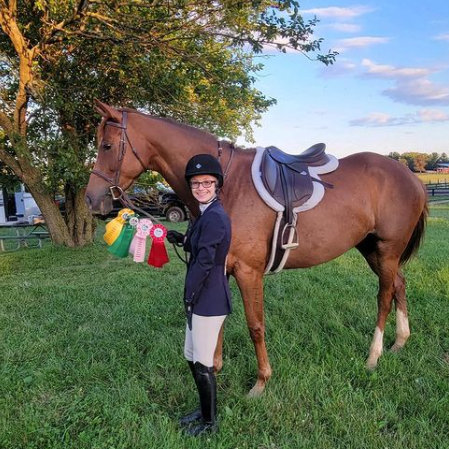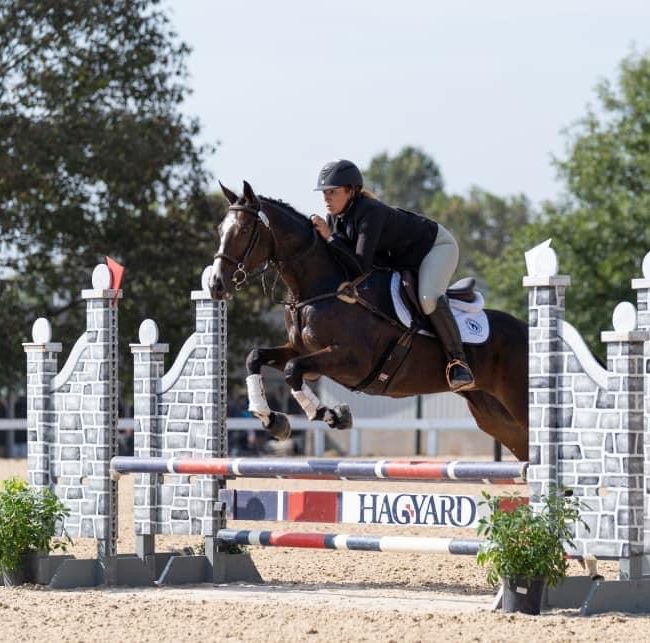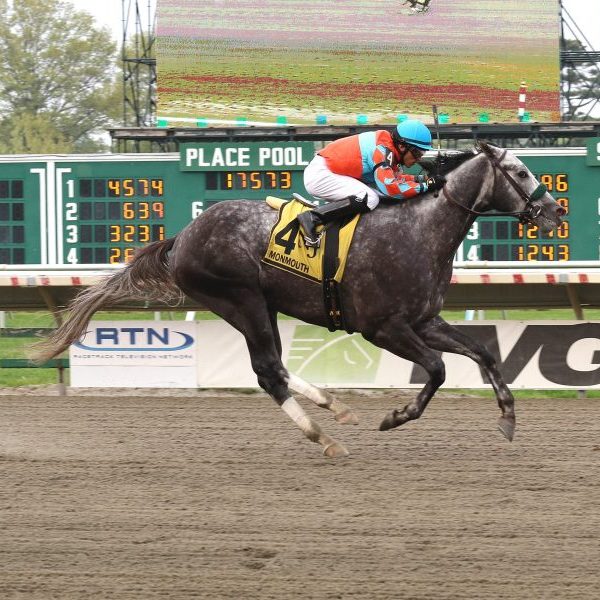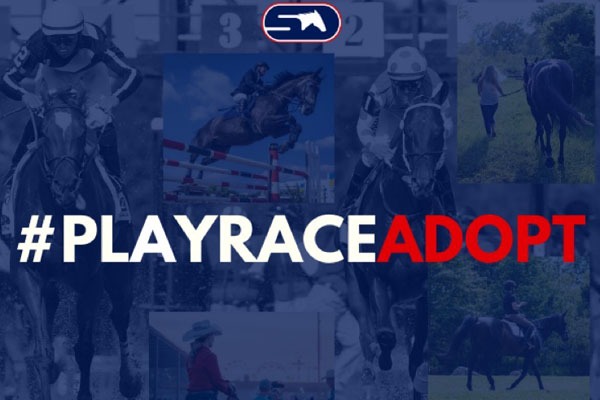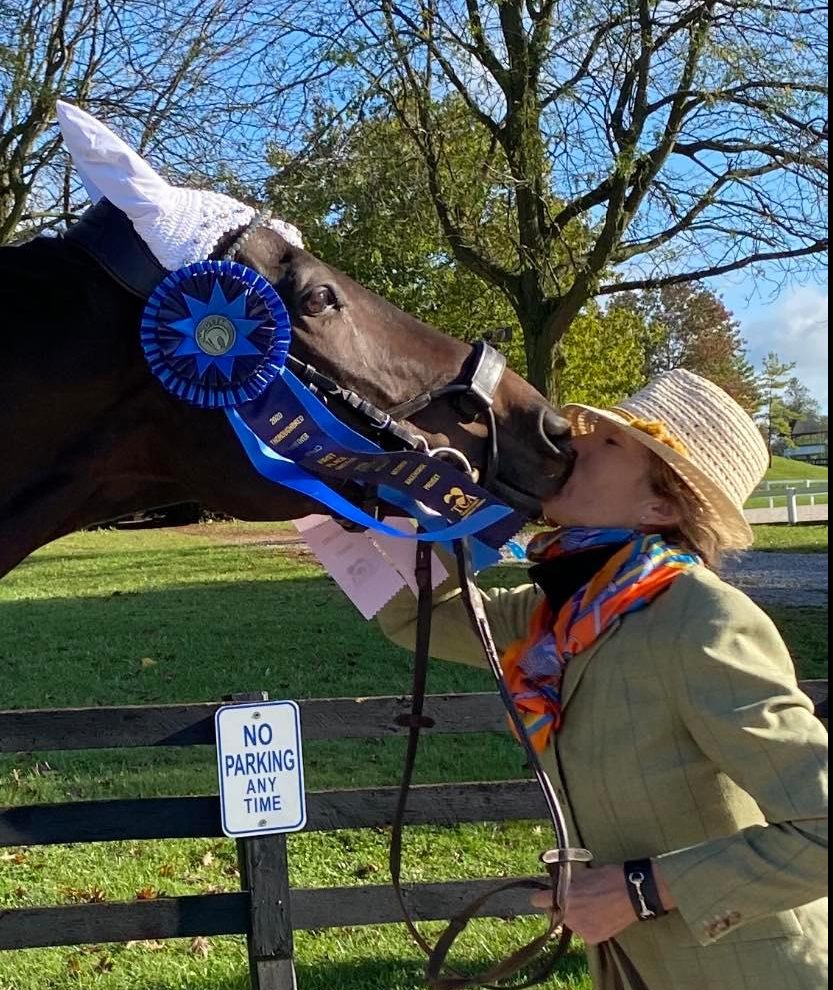Retired Racehorse Project
The day Peyton Place broke his maiden, he caught the eye of TAA-accredited MidAtlantic Horse Rescue Executive Director, Bev Strauss.
Read More >After six starts on the track, Jardin de Giverny never broke her maiden. In 2020, the four-year-old began the next chapter of her life at TAA-accredited MidAtlantic Horse Rescue. After […]
Read More >Bred by Don G. Trett, No Saint Sister was born in 2015. After 22 starts, the daughter of National Saint was decidedly not destined for success as a racehorse. No […]
Read More >Meet Be In Charge— a young, promising Thoroughbred with champion bloodlines that concluded the racing chapter of his story earlier than anticipated.
Read More >The Thoroughbred Aftercare Summit is the joint effort of the Retired Racehorse Project (RRP), Thoroughbred Aftercare Alliance (TAA), The Jockey Club Thoroughbred Incentive Program (T.I.P.), and Thoroughbred Charities of America (TCA), and is a conference focused on education and networking among those with a professional interest in the retraining and rehoming of Thoroughbreds after racing.
Read More >StableDuel has declared September its “Aftercare Month” and has teamed up with the TAA and the Retired Racehorse Project. to shine a light on the owners of off-track-Thoroughbreds and their horses and raise money within the StableDuel app for the nonprofits.
Read More >You Betcha only made one start before an injury forced an early retirement from the racetrack. The son of Super Saver then made his way to TAA-accredited ReRun.
Read More >The unraced son of Temple City has made quite a name for himself by consistently placing in the ribbons in a variety of disciplines.
Read More >Fairly Obvious and Lindsey Partridge’s multidisciplinary success earned them the TAA High Point Award, the Top Pennsylvania-Bred Horse Award, and the Pennsylvania HBPA Award at the 2019 Thoroughbred Makeover.
Read More >Arch Daddy made eight starts as a 4-year-old before retiring with a record of 2-0-0 and earnings just under $64,000. The half brother to multiple grade 1 winner Lord Nelson retired to TAA-accredited Final Furlong.
Read More >






